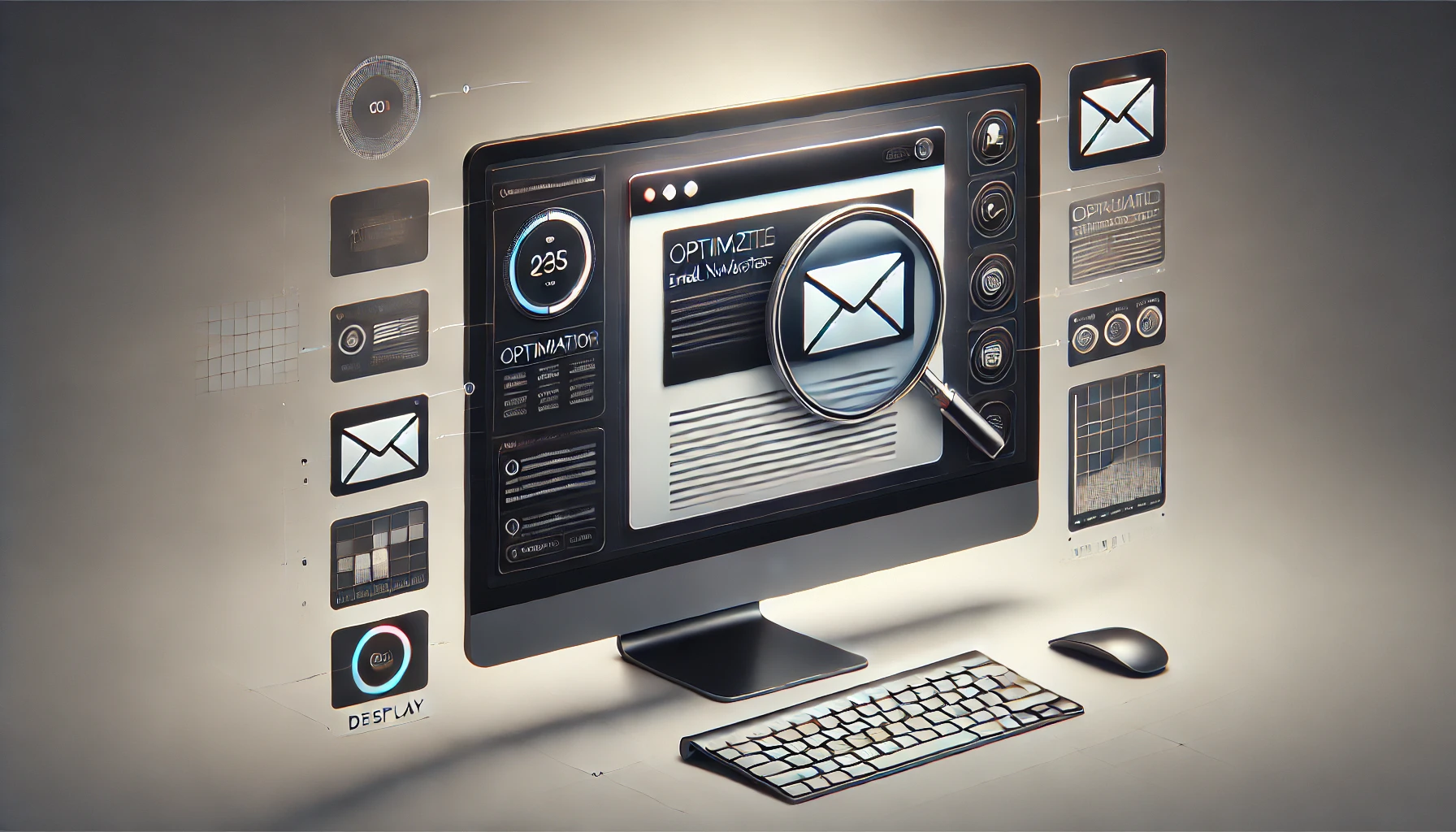Retina display is an important matter to optimize your email newsletters. To catch up with current trends and new technology, it’s essential to understand what Retina screens are and how to create newsletters conforming to their standards.
Simply put, Retina means that the DPI (dots per inch) of an image is so high that a normal human eye cannot recognize individual pixels. The higher the pixel count, the clearer and more detailed the image. Since most devices now use Retina screens or something similar, creating high-DPI images for newsletters is crucial.
A Little Bit of History
The development of Retina Display started with the iPhone 4, which packed 300 pixels per inch. This was regarded as a significant breakthrough in technology. Since then, Apple and other companies have launched several devices with Retina Displays.
The Importance of Retina Display in Email Marketing
Email marketing might seem complex, but one important technical aspect to understand is Retina Display. Clear, detailed images are vital in your email newsletters, and ensuring your images are Retina-compatible is essential for maintaining brand reputation.
If your images are not optimized for Retina displays, they will appear blurry, making your emails look outdated. Your subscribers’ first impressions matter, and blurry images can harm their perception of your brand.
To optimize images for Retina screens, you need to create images that are twice the size in pixels (DPI) as traditional ones.
Can Background Images Be Retina-Compatible?
Yes, background images can also be Retina-compatible. However, implementing this requires using CSS instead of standard HTML coding, which might not work on every platform. CSS background features are necessary for compatibility with certain clients like Gmail and Android.
Points to Consider
While doubling the size of your images for Retina screens is a common approach, it can lead to large file sizes, causing emails to load slowly. If most of your audience views your emails on mobile devices, large images can quickly use up data plans and result in poor user experiences.
If you need to use Retina images but want to avoid large file sizes, you can either save images at a lower quality or use compression tools to optimize the size without sacrificing visual clarity.

